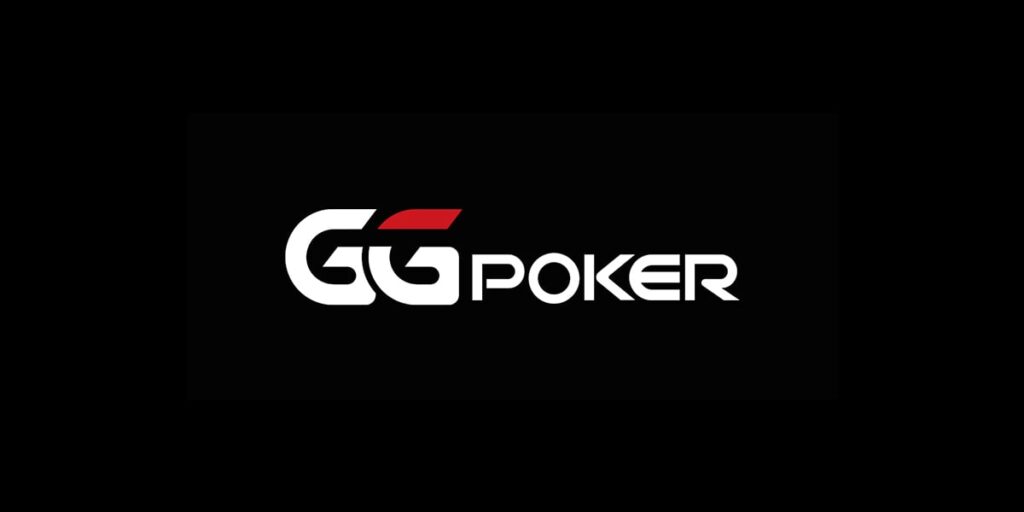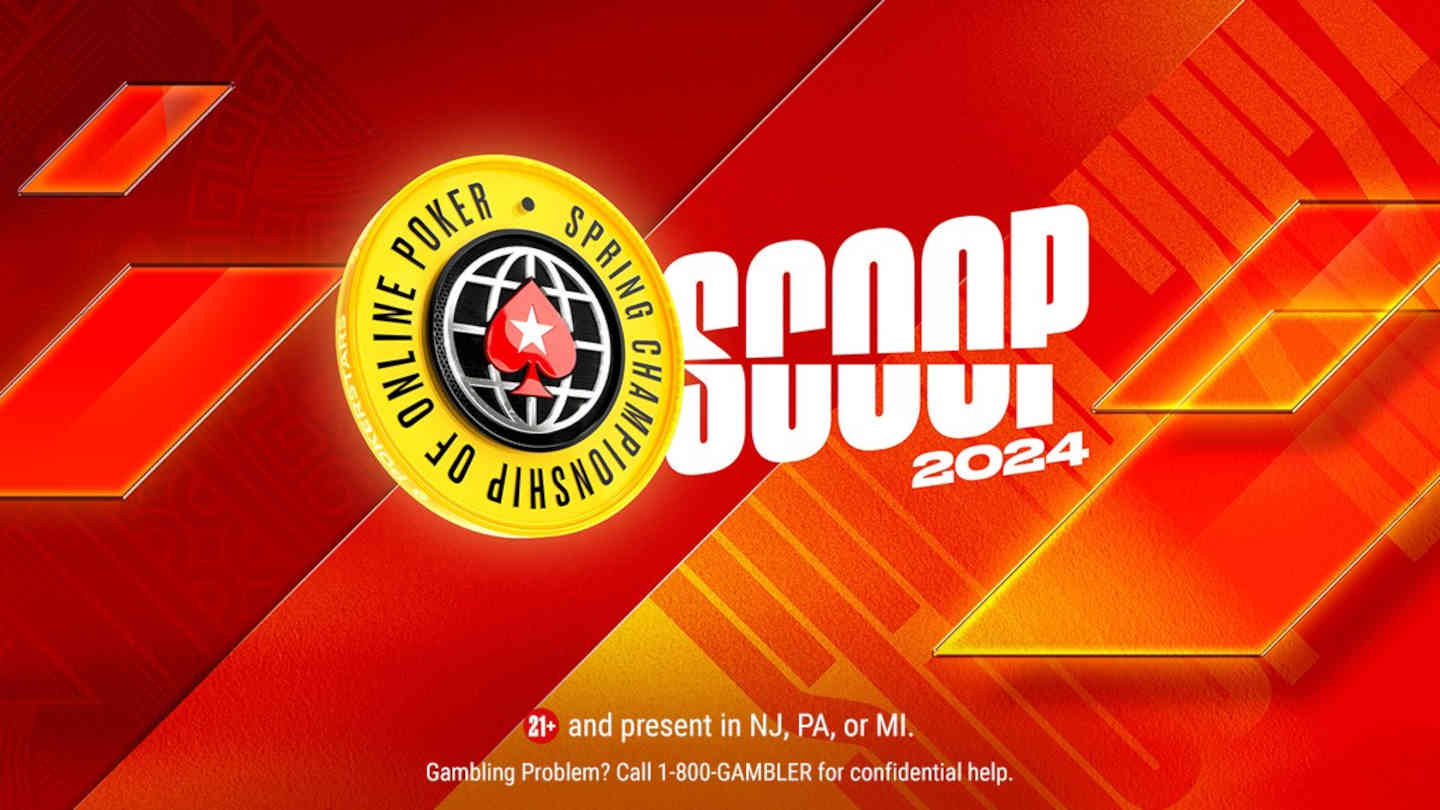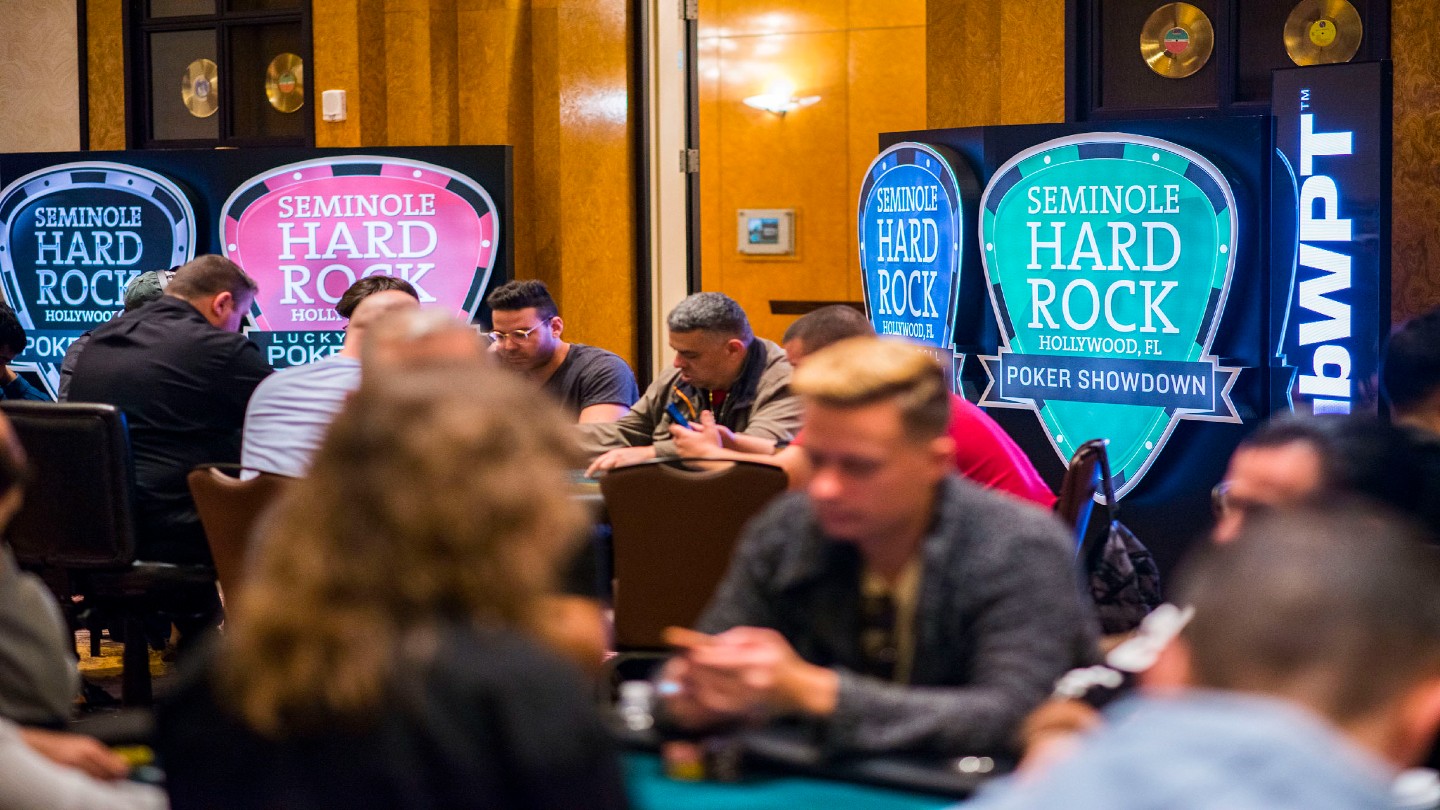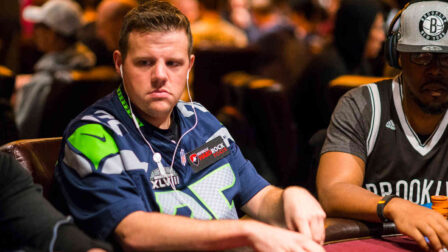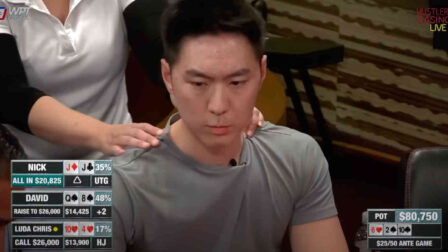Check Raising Strategy – Top Tips Backed By Solvers
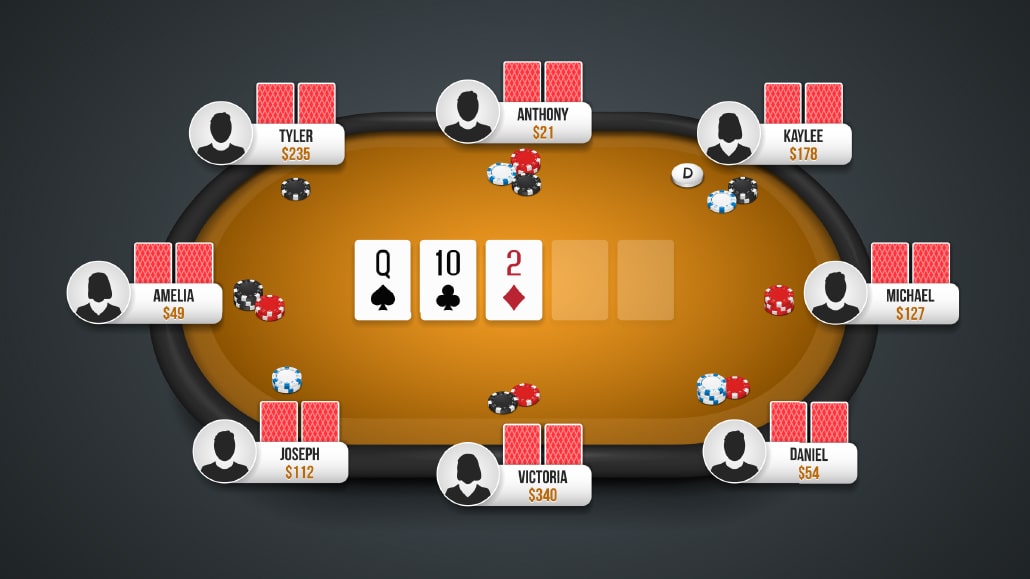
6 minutes
Last Updated: March 19, 2024
Check raising is a play that you won't see very often in low-limit games but one that you can't skip in online poker if you want to succeed. People tend to think that check-raising out of position doesn't really do much except bloat a pot and put you in a tough spot.
The truth, however, is that check-raise is a semi-advanced play that can be very effective when done properly and MUST be a part of your arsenal.
The most common scenario is when you're defending from the blinds against an original raiser and decide to flat call their open. So firstly, you should avoid mistakes in your defending ranges, and for that, you can grab my FREE poker hands cheat sheets:
In this article, we'll look into some fundamental ideas behind the move and try to break down poker hand ranges and flop textures that can be included in your overall check-raise strategy. Like many other things in poker, this isn't something you should be doing all the time, but it is important to have it as a part of your overall game plan as it makes you much more unpredictable and harder to play against.
Why It Makes Sense to add Check-Raise In Your Strategy
It is no secret that playing from the big blind is one of the toughest parts of poker. You have money out there already but have two random cards in your hands and have to do what you can to at least minimize your losses from these positions. So, there is a certain range of hands that you’ll be calling with and taking the flop against a raise.
Once the flop is dealt, we’re often in a tough spot. The natural flow of the hand is often something like this:
- We check to the raiser
- They fire a continuation bet
- We fold and give up or call to see the turn
- On the turn, we check again, giving them a chance to keep the pressure on
It’s not hard to see how, in most scenarios where we don’t have an absolute monster, this line can be very tricky for the player in the big blind. Basically, we’re calling down, hoping to get to the showdown without ever putting the opponent in a tough spot.
Having a flop check-raise in your arsenal changes this.
If you’re up against someone who never check-raises or only does it with the absolute top of their range, they’ll be easy to play against (as described above).
However, if you throw in an occasional check-raise in the mix with a certain percentage of your hands and on certain board textures, your opponents won’t have as much fun anymore, i.e.
- They are now the ones put under pressure
- Just the idea of a possible check-raise can deter them from attacking your BB as often
Hand Ranges & Board Textures: Make Sure It Makes Sense
Most things in poker that work happen to work because there are logic and math behind them. Doing a random check-raise with an inside straight draw on the flop to try and “scare” your opponents may work against weaker players, but it most certainly won’t work against anyone with a bit of experience and ability to put you on a range of hands and figure out how that range corresponds with the flop texture.
So, let’s look at some examples of possible board textures and how to approach them.
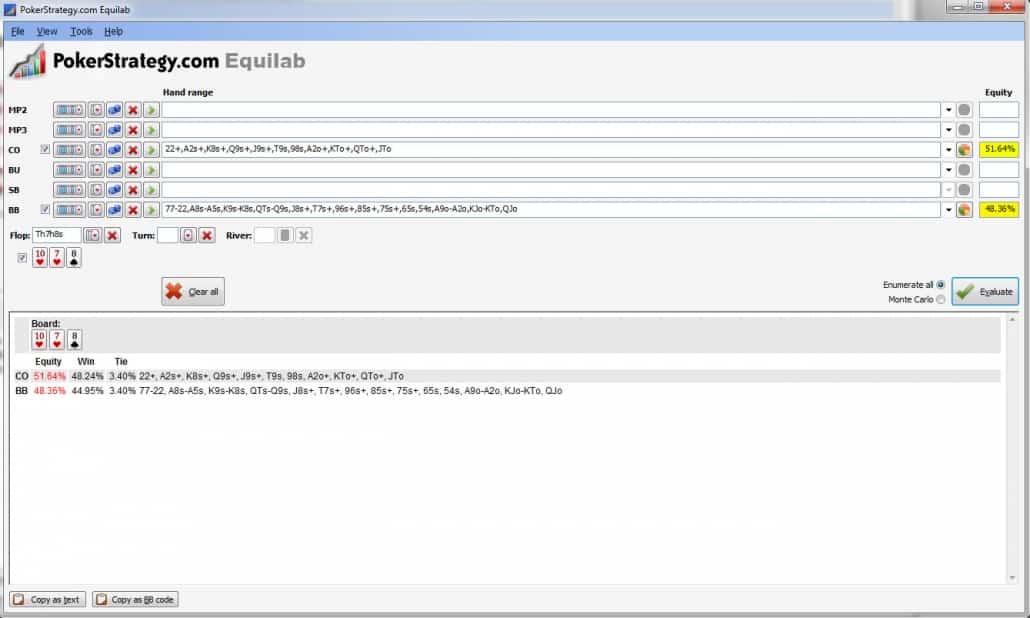
If we look at a fairly standard open range from the cutoff and our calling range from the big blind (which can vary to a degree, of course), we see that on a middling connecting board, our hand actually has about 50% against the openers entire range.
So, by check raising these types of boards when defending the big blind, we’ll be putting a lot of heat on our opponent.
Of course, you shouldn’t just blindly do it with any two cards here. On the particular board texture, a hand like 8-9 or even 10-6 is a good candidate. You want to have some equity with possible redraws, so even if your opponent does have the strongest part of their range, they’ll have a lot of problems continuing on different turns and rivers.
In the above scenario, let’s say they have pocket Kings and you check raise them with a hand like 7-9. If they don’t get it in on the flop, there are many bad turn cards that you can represent even if you don’t improve, and there are many cards that do improve you.
So, by check-raising here, you’re putting the heat on your opponent and leaving yourself many options to play the hand on further streets.
PokerSnowie is a very good piece of poker software you can use to analyze these types of situations. It allows you to play with various ranges and board textures and gives advice based on what should be the best play in a given situation.
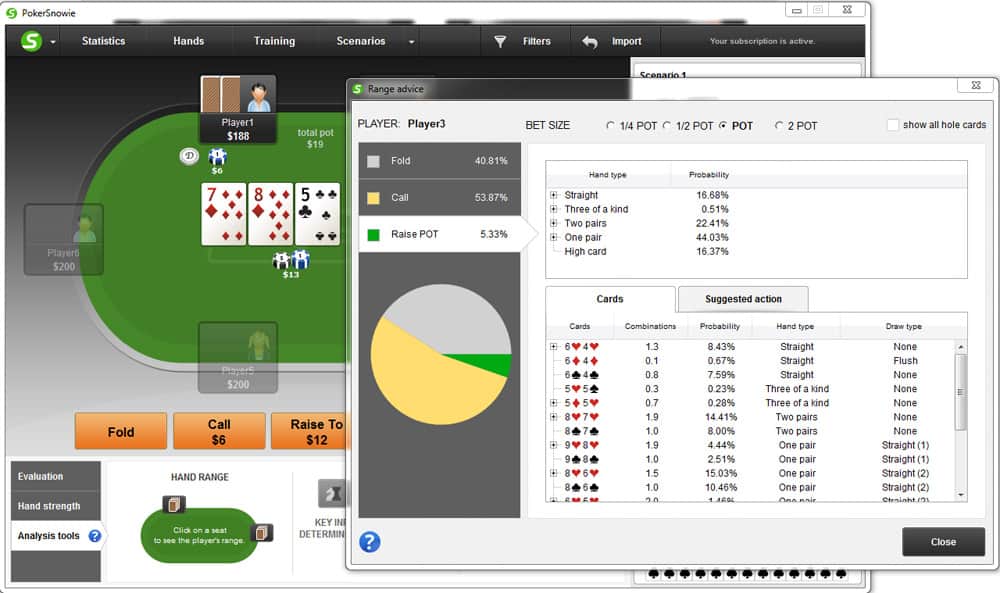
Get PokerSnowie FREE Trial and try it yourself!
We can see here that on a similar, small and connected board, PokerSnowie suggests check-raising about 5.3% of the time against a c-bet that’s about half of the pot.
By checking exact hands within this range, you’ll find many very strong hands, like sets and straights, but also some combo-type hands like the ones discussed earlier, i.e., a pair and a straight draw, a straight draw with an over-card, etc.
Now, if we take the exact same situation but a different board texture such as this:
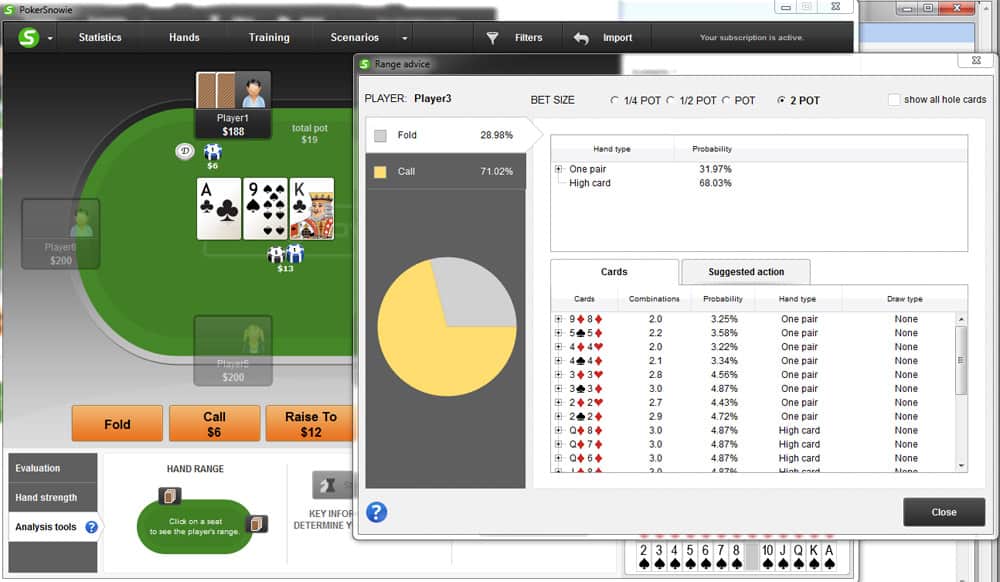
Get PokerSnowie FREE Trial and try it yourself!
We can see that PokerSnowie doesn’t have any suggestions that fit into the check-raise range. This is primarily because there are very few hands that you can hope to represent on this board that you wouldn’t 3-bet before the flop against a standard button open that really connect with this board.
Most hands you could be doing the move with would be in the drawing category, i.e., flush draws and straight draws, but if these are the only hands you can have, it is too easy for your opponent to play against you in position, so always be aware of your range on different boards and what you can actually represent.
Balance is the Key
To properly implement check-raise into your game plan, you need to be very aware of what you’re doing and how often you’re doing it. You may get away with a random raise in a very weak lineup, but as games get tougher, your opponents will become more observant and pay more attention to what you’re doing.
You must balance your check-raises so that they contain enough bluffs, semi-bluffs, and actual value hands to always keep them guessing.
That’s exactly why there are no suggestions for potential check-raises in the second example – there just aren’t nearly enough value hands you can credibly represent, given the preflop action and the board texture.
When used properly, this can be a very powerful tool in your poker arsenal and can really help you decrease your losses from the big blind. With a bit of time and practice, it will become much easier to recognize good check-raise opportunities as they arise. However, always make sure you’re doing it in a situation where it makes sense, and your opponents will have a hard time coming up with a game strategy to effectively counter your plays.
Check Raising Tips
- Choose boards where you can represent value hands (ones that are good to your range)
- Add bluffs and draws alongside your value holdings when raising (do not make the mistake of check-raising, just strong hands)
- Attack opponents who c-bets too much by check-raising very aggressively (use stats from Holdem Manager or Poker Tracker to identify it)
- Consider the c-bet size of your opponent (the smaller he bets, the more hands you need to defend)
- Continue keeping pressure on later streets to get even more folds







